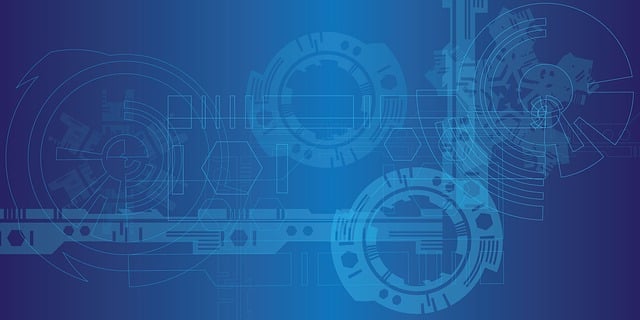The future of personal safety is being shaped by innovative technologies, with a focus on proactive protection. Emerging safety products leverage advanced materials, smart sensors, and connected devices for unparalleled security. Notable advancements include adaptive protective clothing and AI-powered wearable devices that predict hazards. The market is shifting towards tailored solutions based on location, activity, and individual risk profiles. Key trends driven by remote work and health consciousness include enhanced cybersecurity, intelligent textiles, and predictive analytics enabled by AI and machine learning. These developments signal a future where protection gear becomes seamlessly integrated into daily life, catering to evolving lifestyle and work patterns.
“Personal safety is an ever-evolving field, with future trends reshaping the way we protect ourselves in our daily lives. This article delves into the dynamic interplay between global shifts, technological advancements, and innovative product designs that are redefining personal safety. From smart textiles to AI-driven risk assessment, we explore how emerging technologies are transforming protection gear into context-aware, adaptive solutions that cater to evolving lifestyles. Get ready to discover the future of personal safety products.”
- Future Safety Trends Shaping Personal Protection
- – Discuss emerging global trends impacting personal safety demands
- – Analyze shifts in lifestyle, work patterns, and their connection to safety needs
Future Safety Trends Shaping Personal Protection

The future of personal safety is being reshaped by innovative technologies and a growing focus on proactive protection. Emerging safety products are leveraging advanced materials, smart sensors, and connected device integration to offer unparalleled levels of security. For instance, clothing designed with built-in protective gear that adjusts to external impacts or ambient conditions represents a significant shift in personal safety innovations.
Safety product technology is also becoming increasingly personalized, catering to specific needs based on location, activity, and individual risk profiles. Wearable devices equipped with AI algorithms can predict potential hazards, providing real-time alerts and enhancing decision-making capabilities. These developments in personal safety gear not only ensure better protection but also promote a sense of empowerment and confidence among users.
– Discuss emerging global trends impacting personal safety demands

In today’s rapidly evolving world, several global trends are reshaping the landscape of personal safety demands. With an increasing focus on health and wellness, there is a growing need for advanced protective gear that integrates cutting-edge technology. Wearable devices, for instance, have become integral to personal safety, offering real-time monitoring of vital signs, activity tracking, and early warning systems for potential hazards. Additionally, the rise of remote work and digital connectivity has led to a surge in demand for enhanced cybersecurity solutions, including advanced encryption technologies and robust data protection measures.
Emerging safety products are incorporating smart materials and innovative designs to provide better protection without compromising comfort or mobility. For example, intelligent textiles are being developed with built-in sensors and responsive fibers that can adapt to changing environments, offering a new level of tactical protection in high-risk occupations. Furthermore, the integration of artificial intelligence (AI) and machine learning algorithms is revolutionizing safety product technology, enabling predictive analytics and proactive risk mitigation strategies. These advancements signal a future where personal safety innovations will be more sophisticated, responsive, and tailored to individual needs.
– Analyze shifts in lifestyle, work patterns, and their connection to safety needs

In today’s rapidly evolving world, understanding shifts in lifestyle and work patterns is crucial for predicting future safety trends. The way people live and work has changed significantly over recent years, with a growing emphasis on flexibility, remote work, and health-conscious living. These changes directly impact personal safety needs. For instance, the rise of remote work has increased the importance of home security products, such as smart locks and advanced surveillance systems. Similarly, the growing focus on mental health and well-being has spurred innovations in wearable technology that can detect stress levels or provide real-time assistance during emergencies.
Emerging safety products are also driven by advancements in safety product technology. Innovations like AI and machine learning are being integrated into personal safety devices to enhance their effectiveness. For example, smart wearables equipped with AI algorithms can predict potential hazards based on an individual’s behavior patterns and environment. Moreover, the intersection of fashion and function is creating stylish and discreet personal safety innovations, making it easier for individuals to stay protected without compromising their aesthetic choices. These developments signal a future where protection gear is not just functional but also integrated into our daily lives seamlessly.






